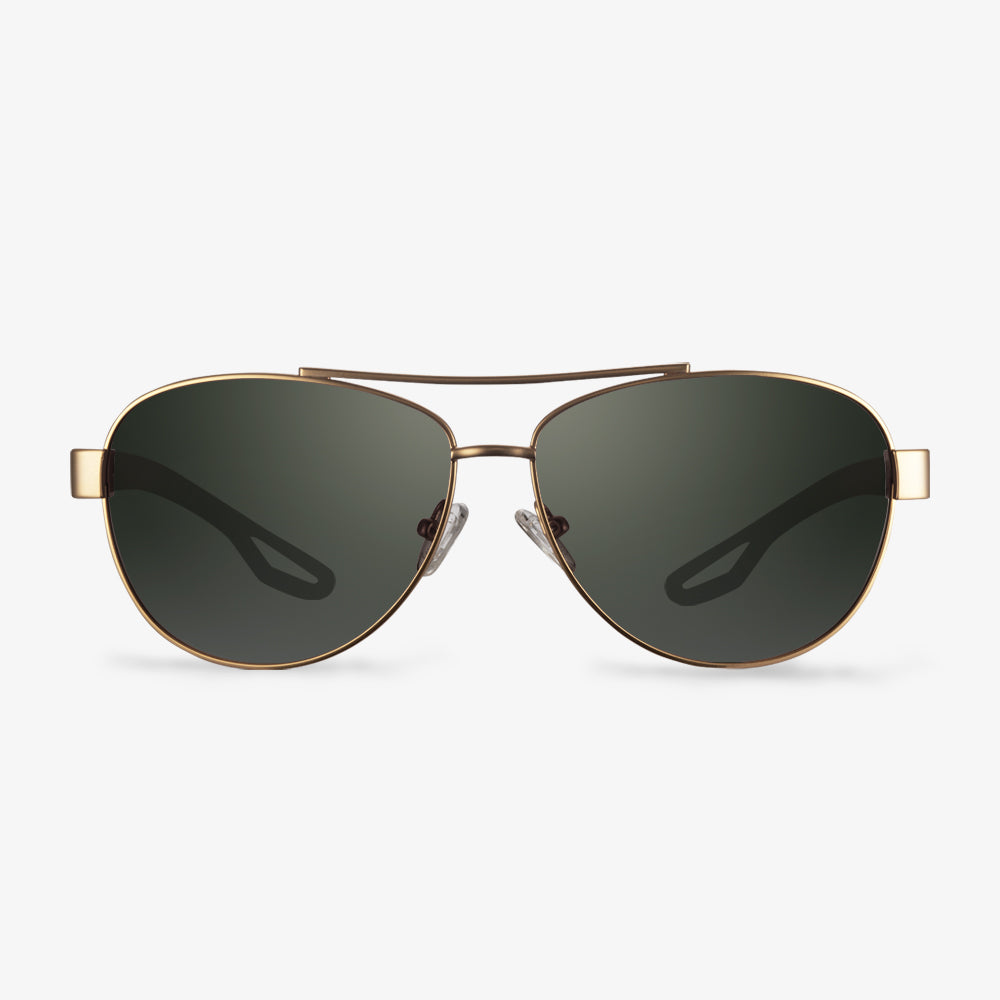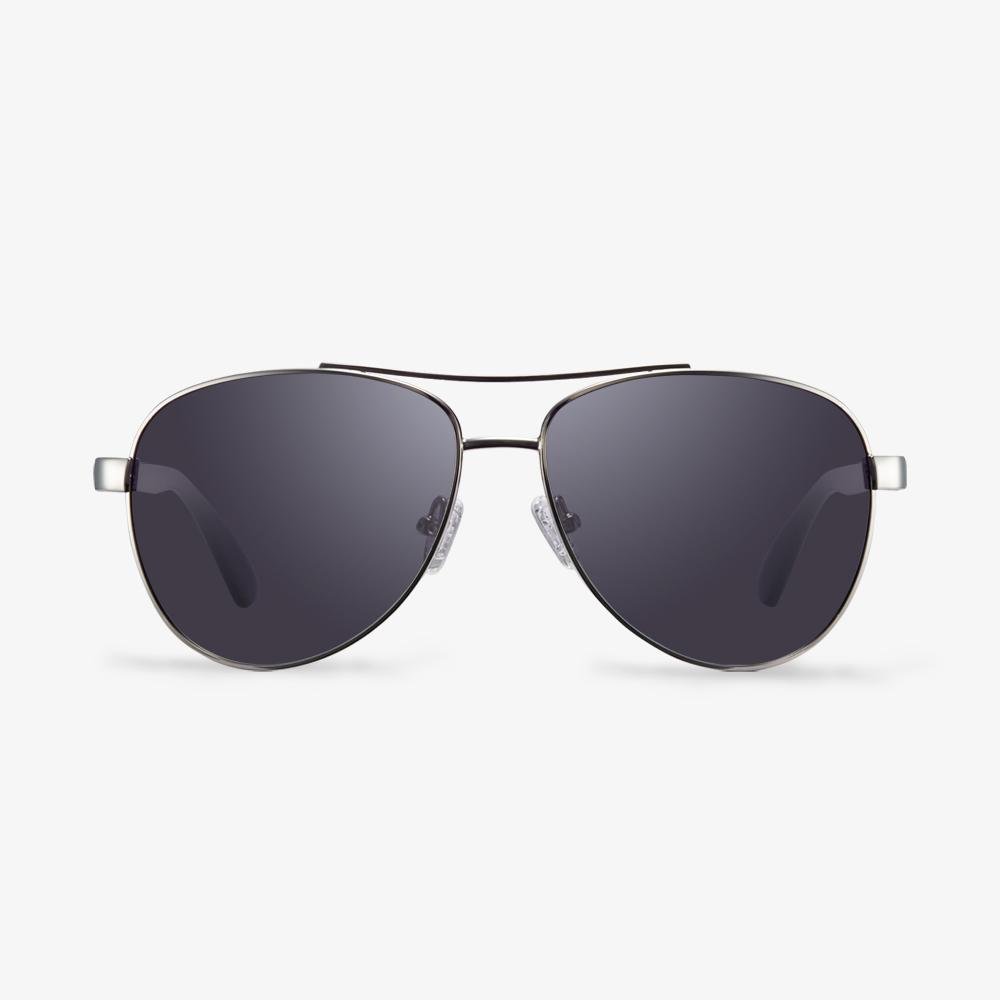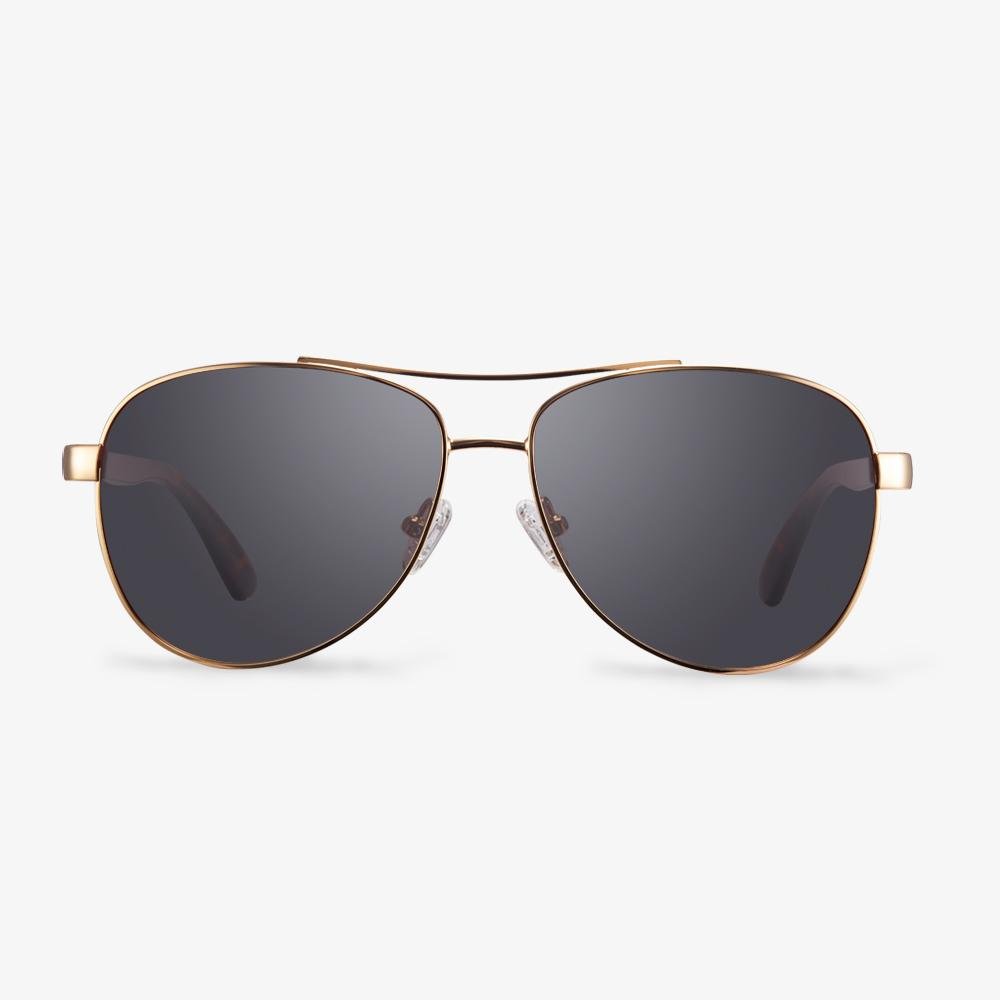It's fall now, the dazzling outdoor vision is not as harsh and hot as in summer, but the UV rays are still strong. You‘d better wear sunglasses when you go outside.
Sunglasses not only protect our eyes from harmful UV rays but also serve as a fashionable accessory. However, not all sunglasses are created equal in terms of quality. Investing in a high-quality pair of sunglasses ensures better protection and durability. So, how can you tell the quality of sunglasses? Here are some key factors to consider.
1. UV Protection
The primary purpose of sunglasses is to shield our eyes from harmful ultraviolet (UV) rays. Look for sunglasses that provide 100% UV protection. This information should be clearly indicated on the label or tag attached to the sunglasses. UV 400 or 100% UV protection are the terms to look out for. Avoid sunglasses that claim to be "cosmetic" as they may not offer adequate UV protection.
The quality of the lenses plays a significant role in determining the overall quality of sunglasses. High-quality lenses should be made from materials such as glass, polycarbonate, or Trivex. These materials offer superior visual clarity and are more scratch-resistant compared to inferior alternatives. Additionally, opt for lenses that have an anti-reflective coating to reduce glare and improve the visual experience.
3. Frame Material
The material used in the construction of the sunglasses frames is another important factor to consider. High-quality sunglasses often feature frames made from durable materials like titanium, stainless steel, or high-grade acetate. These materials not only offer superior strength but also provide a comfortable and lightweight fit.
4. Lens Tint and Color
Different lens tints serve specific purposes, so it's essential to choose the right tint according to your needs. Darker tints, such as gray or green, are excellent for reducing brightness and glare without distorting colors. Amber or brown lenses enhance contrast and depth perception, making them suitable for activities like driving or sports. Avoid sunglasses with lenses that distort colors or make it difficult to see clearly.
5. Polarization
Polarized sunglasses are equipped with a special filter that reduces glare reflected off of flat surfaces like water, snow, or pavements. This feature significantly enhances visual comfort and eliminates harmful glare, making polarized sunglasses an excellent choice, especially for outdoor activities. Check if your sunglasses are labeled as polarized to ensure better visual clarity and comfort.
6. Build Quality
Inspecting the overall build quality of the sunglasses is essential to ensure their durability. Check for sturdy hinges, properly aligned frames, and secure temple arms (the part that rests on your ears). The sunglasses should feel solid and well-constructed, without any loose or fragile parts. Additionally, check if the lenses are well-centered and symmetrical in the frame for better visual accuracy.
7. Brand Reputation
Choosing sunglasses from reputable brands is often a reliable indicator of quality. Established brands tend to have rigorous quality control standards, ensuring that their products meet certain criteria. Do your research, read customer reviews, and consider purchasing sunglasses from well-known brands known for their quality and reputation.
Remember, quality sunglasses may cost a bit more initially, but they provide better protection for your eyes and last longer, making them a worthy investment. By considering these factors, you can make an informed decision and choose sunglasses that not only look stylish but also offer excellent quality and performance. Protect your eyes with sunglasses that you can trust!






































